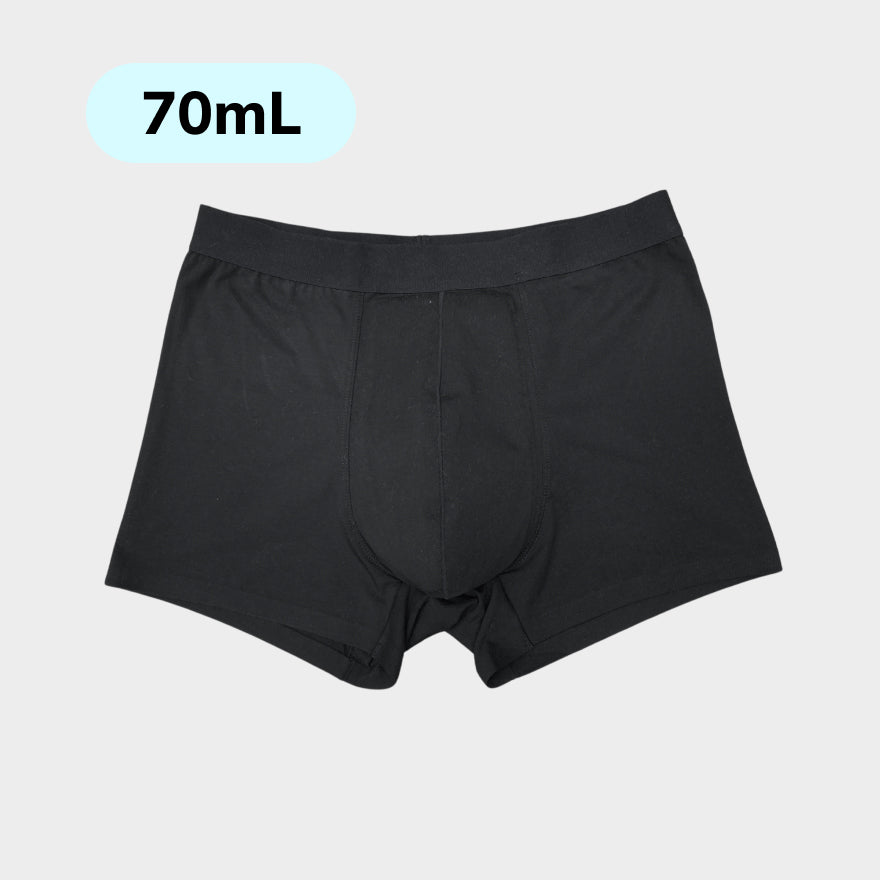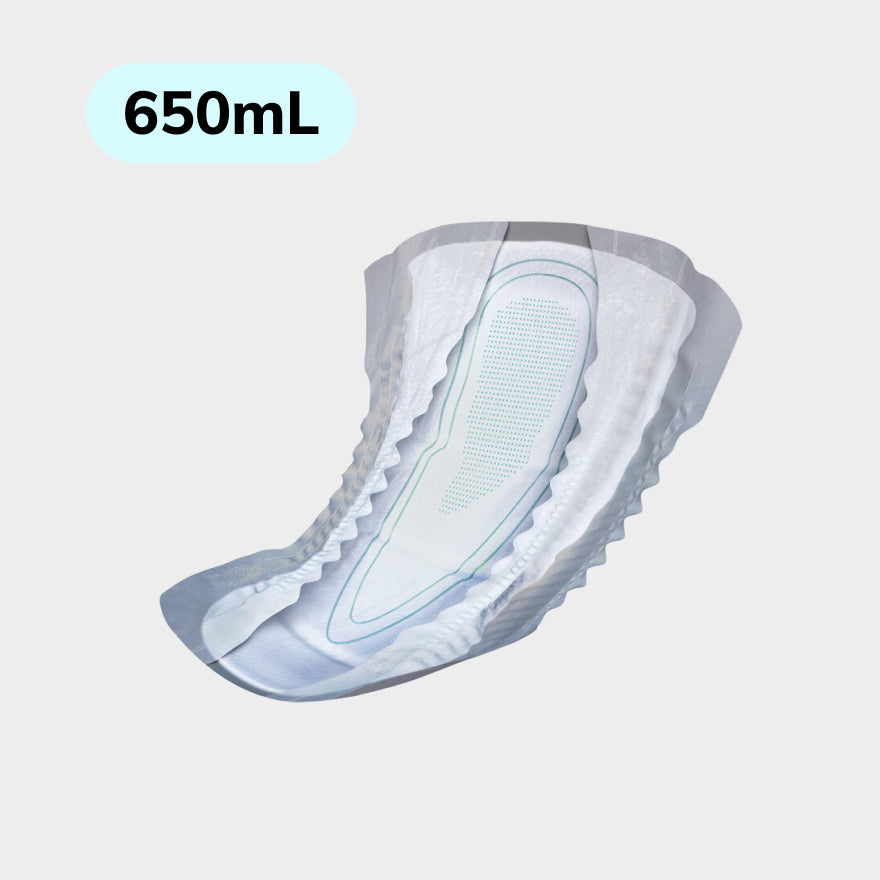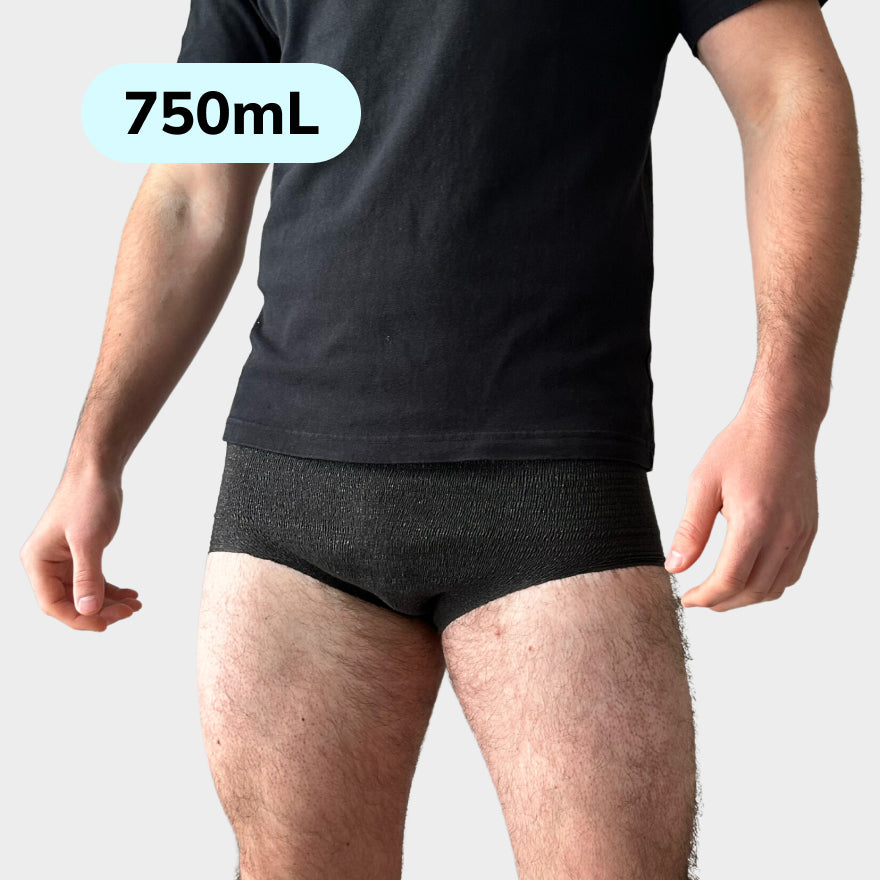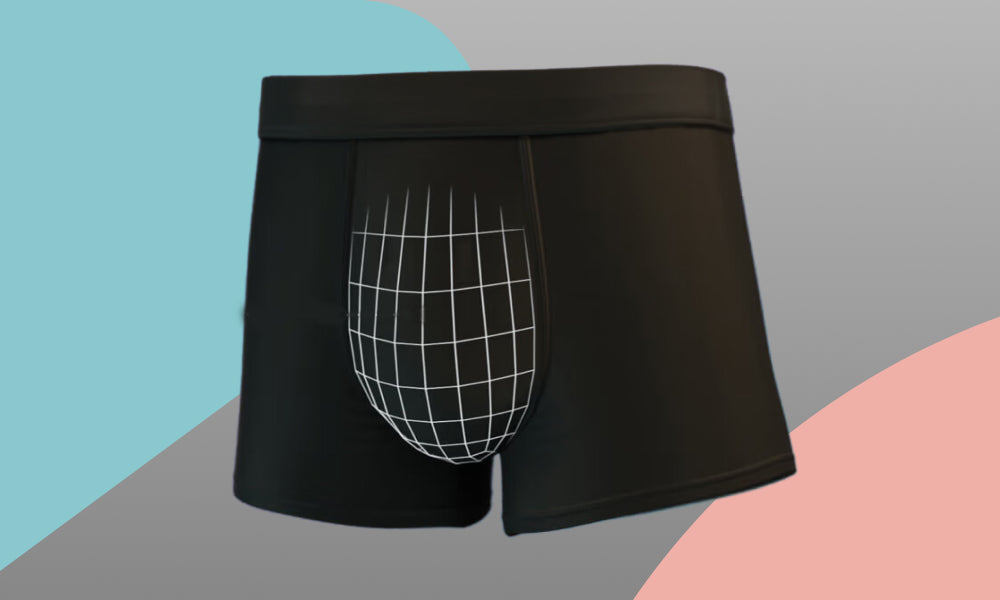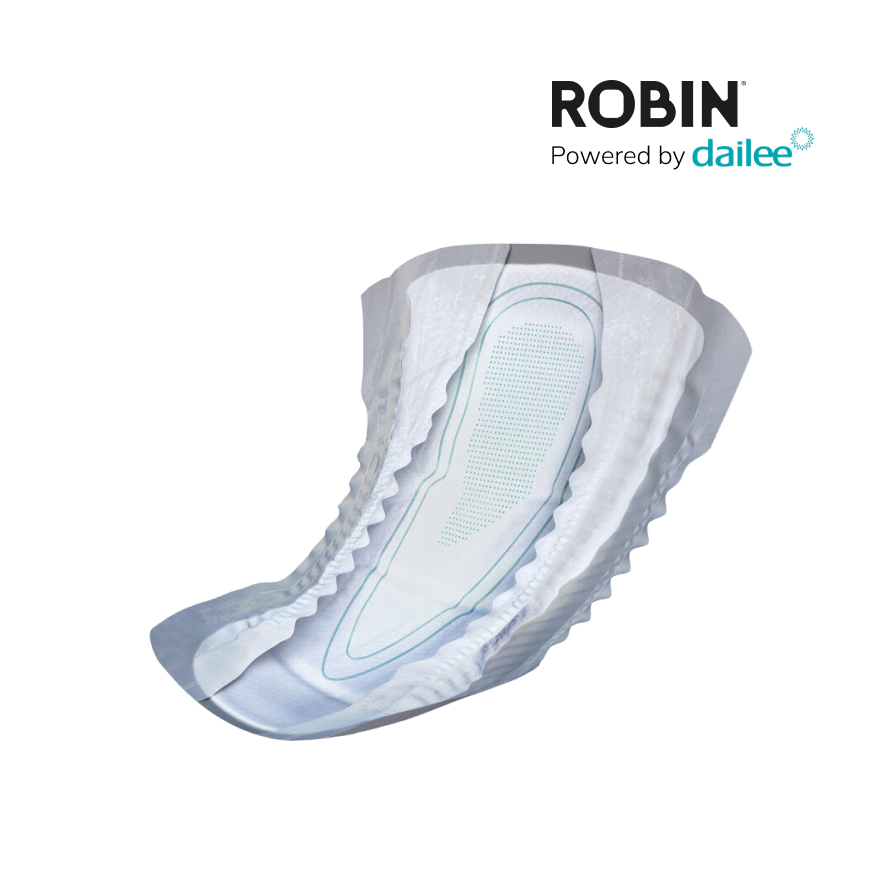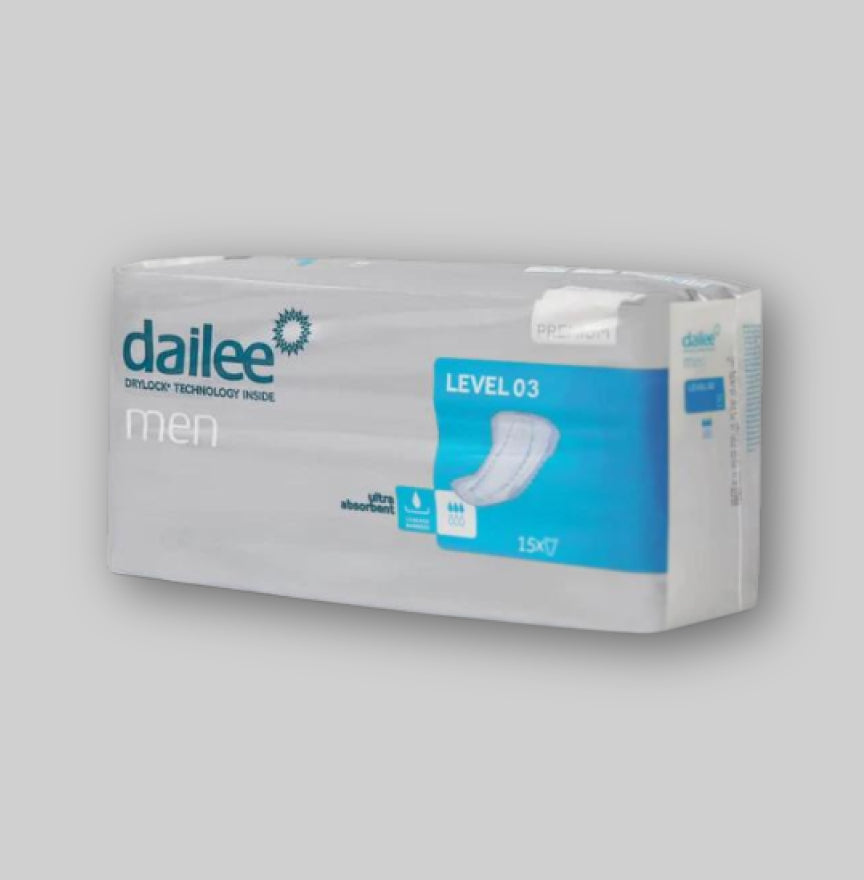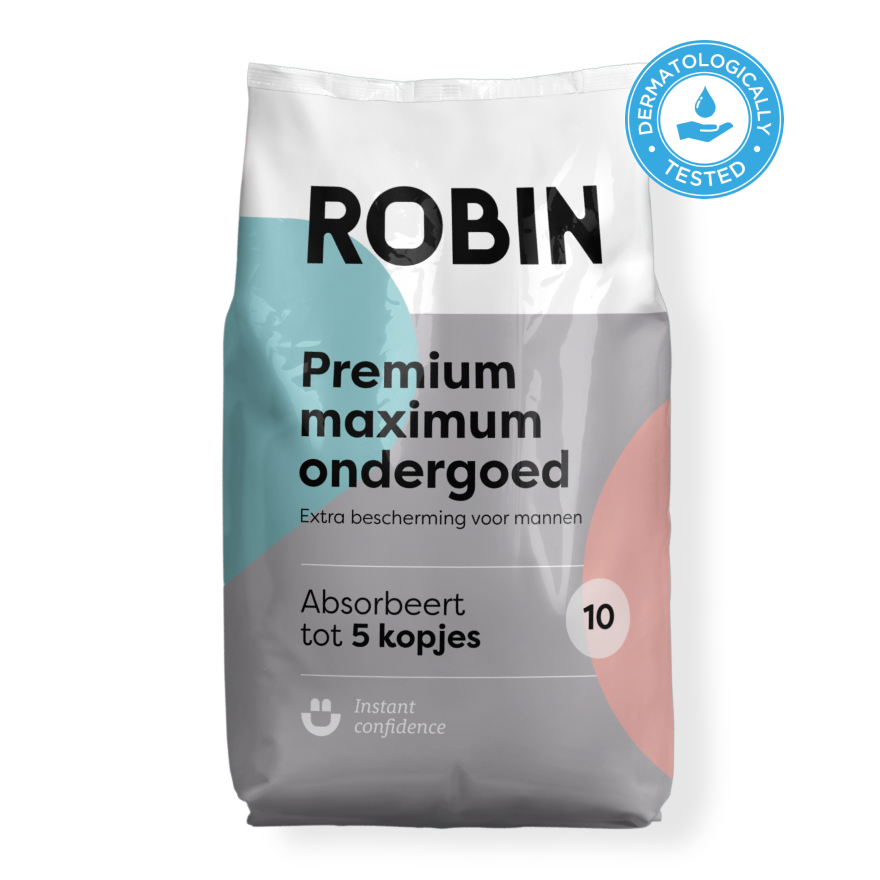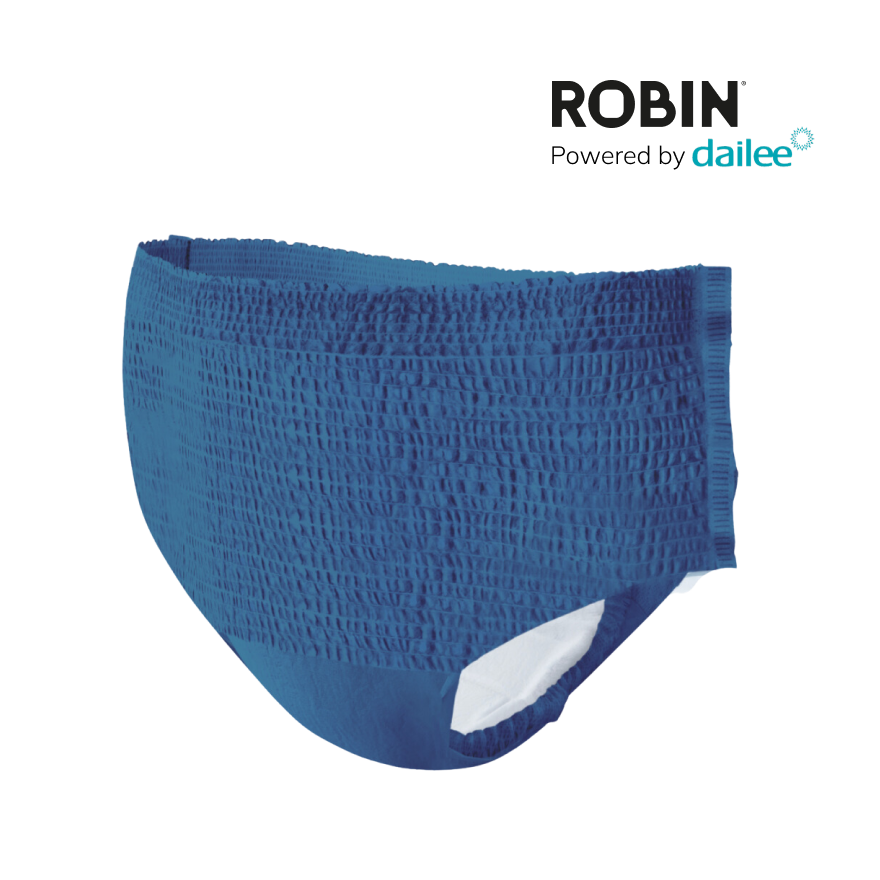Incontinence-associated dermatitis, also known as IAD, is a common skin condition that occurs in people who suffer from urinary or fecal incontinence. This condition can cause severe discomfort and significantly reduce the quality of life of those affected. In this article, we will take a closer look at what exactly incontinence-associated dermatitis is, what causes it, and what measures can be taken to prevent and treat it.
What is incontinence-associated dermatitis?
Incontinence-associated dermatitis refers to an inflammation of the skin caused by prolonged exposure to urine or feces. When the skin is in constant contact with moisture and irritants, it can lead to redness, irritation, and even sores on the affected areas, such as the buttocks, perineum, and thighs.
Causes of incontinence-associated dermatitis
The main cause of incontinence-associated dermatitis is prolonged exposure to urine and feces, which can lead to irritation and damage to the skin. Other factors that contribute to the risk of IAD include:
-
Friction: Friction between the skin and absorbent materials, such as incontinence products, can further irritate the skin and contribute to the development of dermatitis.
-
Chemical irritation: The presence of urine and feces on the skin can lead to chemical irritation and damage to the skin barrier, increasing the risk of IAD.
-
Microorganisms: Bacteria and fungi thrive in moist environments, increasing the risk of infection and worsening dermatitis.
Prevention and treatment of incontinence-associated dermatitis
Preventing and treating incontinence-associated dermatitis is essential to maintaining healthy skin and reducing discomfort for affected individuals. Some preventive and treatment measures include:
-
Frequent changing: Frequent changing of incontinence products and cleansing the skin with mild, pH-balanced cleansers can help reduce exposure to urine and feces and prevent IAD.
-
Protective barrier creams: Applying protective barrier creams to the affected areas can help protect the skin from moisture and irritants, and promote healing and repair.
-
Maintain good skin hygiene: Maintaining good skin hygiene, including regular cleansing and drying of the skin, can help prevent dermatitis and promote a healthy skin barrier.
-
Consult a health care provider: If incontinence-associated dermatitis occurs, it is important to consult a health care provider for proper diagnosis and treatment. This may include the use of medicated ointments, dressings, or other treatment modalities to relieve symptoms and promote healing.
Conclusion
Incontinence-associated dermatitis is a common and often underestimated complication of urinary and fecal incontinence, which can cause severe discomfort and reduce the quality of life of affected individuals. By taking preventive measures, such as frequent diaper changes, use of barrier creams, and maintaining good skin hygiene, people with incontinence-associated dermatitis can keep their skin healthy and reduce the risk of dermatitis.
